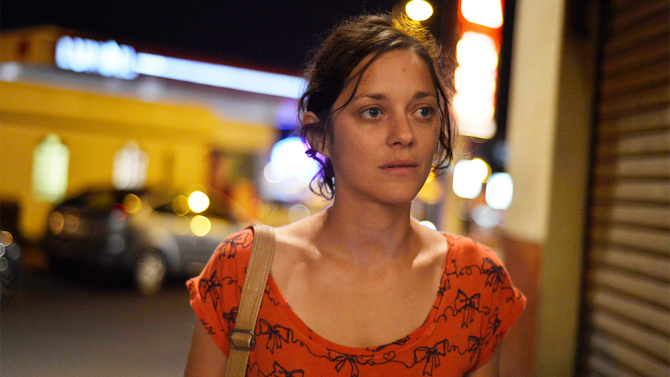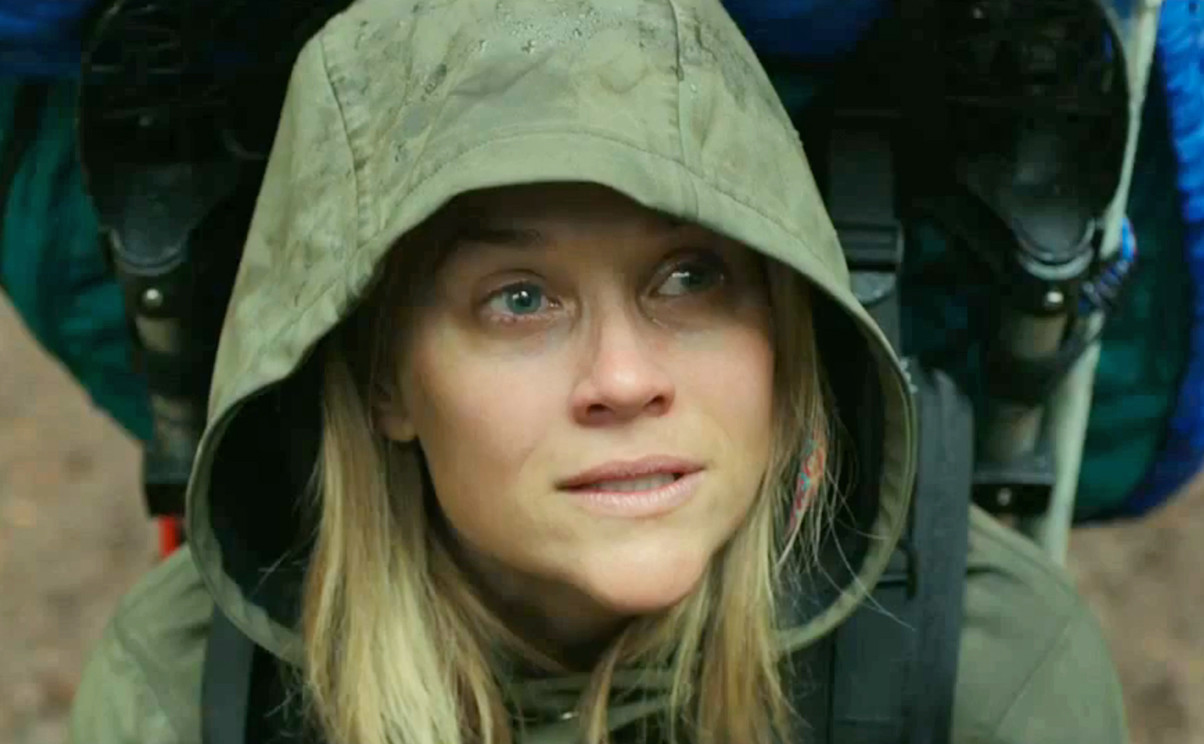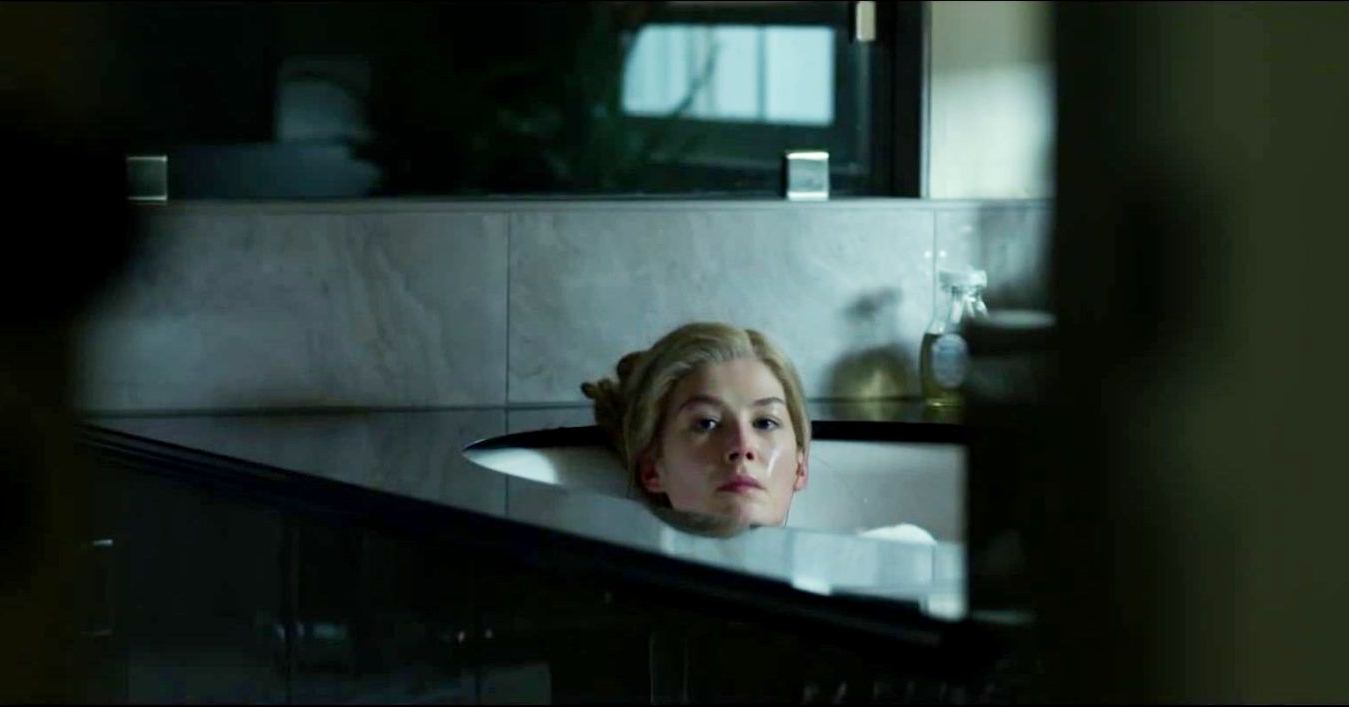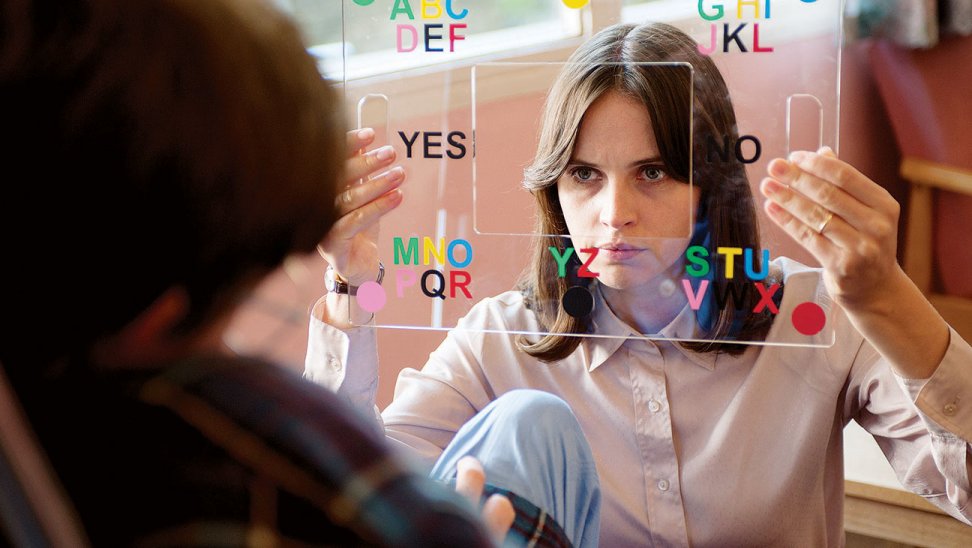
[Editor’s note: This is the fourth entry in our ‘Video Evidence’ series on the Oscar race. For the complete list of ‘Who Really Deserves to Win’ essays, visit our Oscars 2015 landing page.]
This year’s Best Actress category is impressive not just for quality but quantity. Three of the nominees appear in around 90% of their films, more than any of the lead actor nominees. So it would seem that the race is really between these three who dominate their films: Julianne Moore, Reese Witherspoon and Marion Cotillard.
Cotillard in Two Days One Night has the highest screen time percentage (85 minutes; 93% total screentime) as an emotionally unstable woman begging her ex-coworkers to take her back. Here Cotillard is working with the Dardenne brothers, the celebrated directors of contemporary realism who study people though their appearances and actions instead of using Hollywood-style dialogue. Cotillard’s being praised for taking on this stripped-down acting style, but I have my doubts about this film. As Cotillard meets each co-worker, there’s about as much depth to their interactions as you’ll find in a mediocre melodrama. Lacking that depth, we’re basically being treated to the spectacle of a glamorous actress slumming it among the common folk, playing off sentimental notions of working class hardships and psychological distress.

Reese Witherspoon (99 mins; 90% screentime) has a more difficult path to navigate in Wild, and not just in conveying the physical exertion of her character’s trek across the Pacific wilderness. She also steers her way carefully through our judgments of her as a self-abusive woman haunted by her past. Witherspoon puts herself through a lot in this movie that could be seen as Oscar-bait behavior: not just the physically grueling hikes, but degrading scenes of sex and drug abuse, and the heart-wrenching death of her character’s mother. But Witherspoon doesn’t play any of this up for audience pity. There’s a strange detachment in her demeanor that establishes her distance from the other characters, and is reinforced in how many of the scenes are shot to separate her from others. All of this creates a deliberate sense of isolation for her character as she strives to find a true sense of herself.

Rosamund Pike (57 mins; 39%) in Gone Girl is another woman who reinvents herself, this time by exploiting the clichés of how we look at women in pop culture. This character is basically a criticism of the very basis for Cotillard’s performance, and Pike, like director David Fincher, regards her with a detachment that could be called analytical; it’s the most cerebral performance in the category. On screen, Pike creates a character who always seems separated from herself, hiding behind a façade of female role-playing. The chilliness of this character might be a drawback, as it makes her hard to sympathize with. But there’s no denying the integrity and autonomy in Pike’s creation of a woman constructing her own story, which comes through in an extended montage. Her internal voice finally reveals itself, delivered in a chilling voiceover.

The gravity of Pike’s voice, as well as in her look, could have come in handy for Felicity Jones (55 mins; 47%) in The Theory of Everything. As the hapless wife of famous physicist Stephen Hawking, her role on paper is actually better than most “stand by your man” type females. She has scenes that explore her own desires for fulfillment, separate from her husband’s. But these scenes reveal her limits. Jones is fine in the early scenes as a fresh-faced university student and hopeful young wife, but when her character enters more complicated stages of love and responsibility, Jones lacks the gravity to give it weight.

Julianne Moore (83 mins; 88%) in Still Alice is an actress with presence to spare, even when playing a character who becomes increasingly absent. It’s safe to say that playing someone with Alzheimer’s is the role of a lifetime for an Oscar-caliber actress; sometimes it’s too much of an Oscar-type role.
I had made this video fully expecting to make the case for Julianne Moore, one of my favorite actresses. But as I was putting together the footage, something about this particular scene changed my mind: a climactic speech that spells out the story’s message in the most obvious way. Her acting is helpless to push the material beyond sentimentality. This practically feels like an Oscar speech given on screen. The only reason it’s watchable is because it’s performed by one of the most watchable actresses of our time. Does this mean that likability matters more than the actual art of acting?
Moore’s true talent shines through in other moments that are small but revelatory, showing how her character holds on to dignity and grace despite her illness. With one line, she can breathe freshness and authenticity into a heavy scene. Still, that speech scene bothers me because it flattens her performance into a simple surface, with Moore literally reading from the script.

In comparison, look at how Rosamund Pike handles multiple layers of a public appearance. These are much trickier surfaces to deal with. They reject easy sympathy and demand more thoughtful attention to how our lives amount to role playing. And so, I choose Rosamund Pike because hers is a performance demands that kind of attention. It pushes us to get past the kind of people we like to see, in order to see people more clearly.


